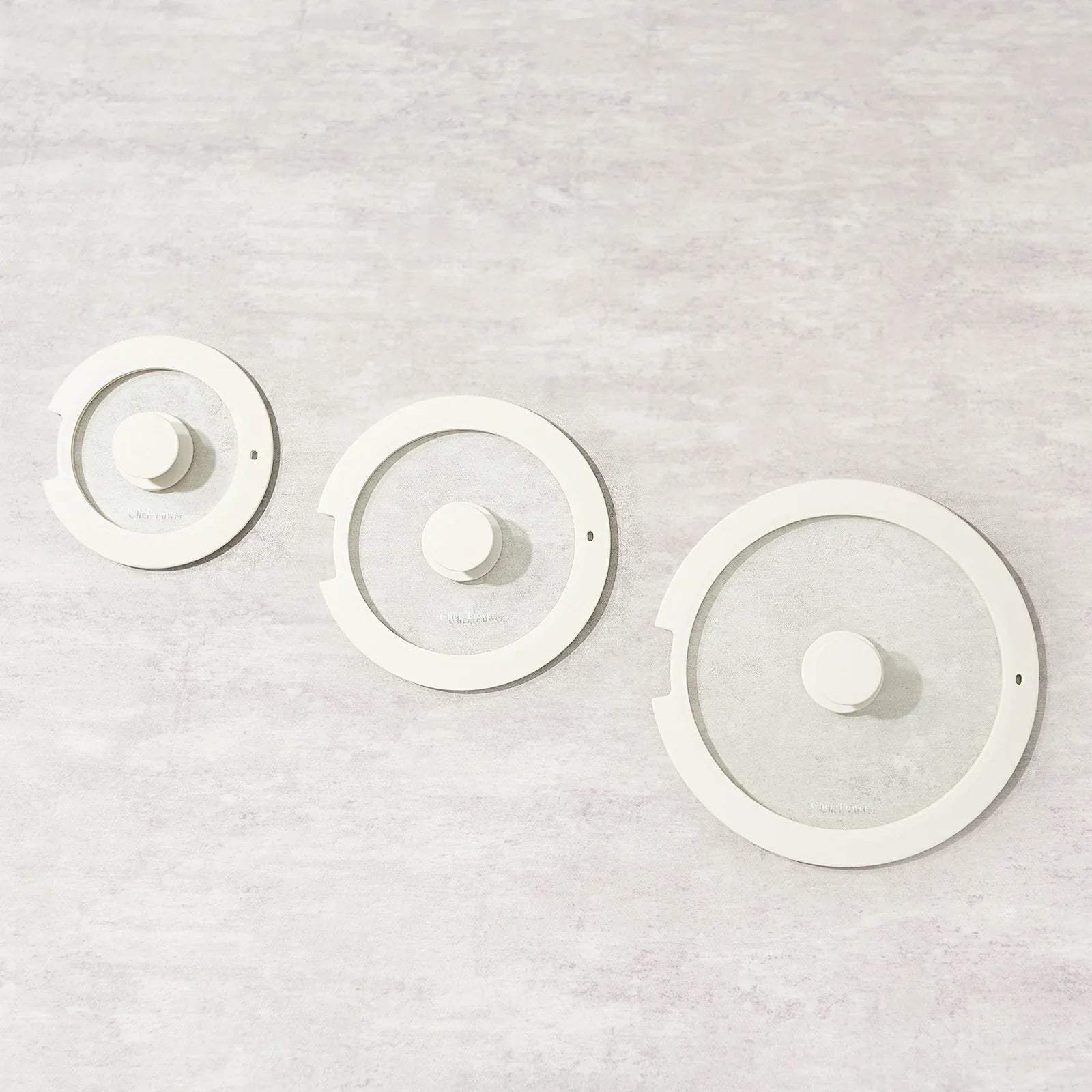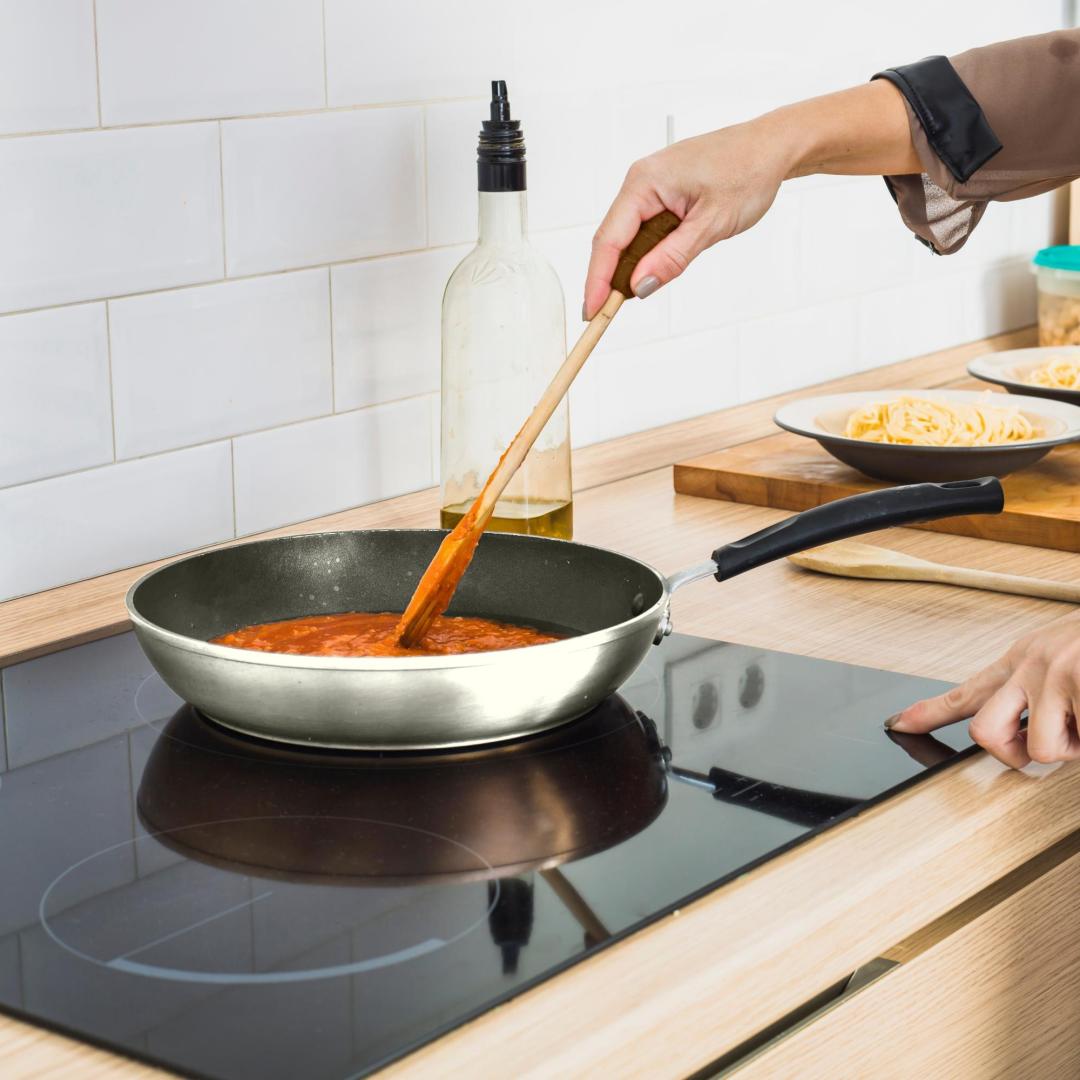In the modern kitchen, selecting safe and durable cookware is essential. Hard anodized cookware has gained popularity for its exceptional durability and non-stick properties, but questions about its safety often arise.
What is Hard Anodized Cookware?
Hard anodized cookware is made from aluminum that has undergone an electrochemical process, creating a hard, non-reactive surface. This treatment enhances its resistance to scratches, corrosion, and wear, making it an ideal choice for many home cooks.
Safety Considerations
Does Hard Anodized Cookware Cause Cancer?
Concerns about cookware leaching harmful substances into food and causing cancer are common. However, hard anodized cookware is generally considered safe and does not contain harmful substances such as PFAS, PFOA, PFOS, lead, and cadmium. The anodization process ensures that the surface does not release aluminum or other toxic substances into food, and numerous studies have shown that properly maintained aluminum cookware poses minimal health risks.
It’s essential to follow the manufacturer’s guidelines, especially regarding high-heat cooking, to prevent any potential degradation of non-stick coatings, if present.
Do Hard Anodized Pans Have Teflon?
Hard anodized cookware does not inherently contain Teflon (PTFE). Teflon is a unique material that refers to polytetrafluoroethylene and related fluoropolymer products. Its applications are extensive, including kitchenware, household appliances, medical devices, textiles and clothing, industrial sectors, and aerospace. It can be applied to the surface of products of various shapes and sizes, and is a highly flexible, non-adhesive, chemically resistant, electrically resistant and heat resistant material. Some hard anodized pans may feature a non-stick coating that includes Teflon, while others do not. Always check the product specifications for clarity.
The difference between Teflon® and PTFE
Teflon® is the registered trademark of polytetrafluoroethylene (PTFE) owned by The Chemours Company. The terms "Teflon" and "PTFE" are functionally identical, representing the same fluoropolymer material with no substantive differences beyond nomenclature. The distinction lies solely in branding—Teflon® is a proprietary label, while PTFE denotes the generic chemical classification.
Research Findings on PTFE Safety
Extensive studies, including evaluations by U.S. regulatory bodies such as the U.S. Food and Drug Administration (FDA) and independent scientific literature, confirm that polytetrafluoroethylene (PTFE) remains chemically stable under normal cooking conditions. When used as directed, PTFE does not degrade or leach into food. According to the Environmental Protection Agency (EPA), PTFE coatings only begin to break down at extreme temperatures exceeding 500°F (260°C)—far beyond the heat levels required for everyday cooking practices like frying or sautéing.
Usage Habits: Europe vs. North America
In North America, hard anodized cookware is widely embraced, particularly in non-stick varieties, where convenience and easy cleaning are prioritized.
In contrast, European cooking often emphasizes traditional methods and materials such as stainless steel and cast iron. While hard anodized cookware is available, it may not be as commonly used. However, the growing interest in healthy cooking and easy maintenance is increasing its popularity across the continent, with more consumers seeking versatile options that simplify meal preparation.
Conclusion
Hard anodized cookware stands out as a safe and durable option for your kitchen. It does not cause cancer, making it suitable for health-conscious consumers. Understanding usage habits in different regions can help you make informed choices about your cookware.

For those interested in exploring high-quality options, consider checking out Chef Power’s range of hard anodized cookware here. With its lightweight design and compatibility with various stovetops, Chef Power cookware makes cooking effortless and enjoyable.

